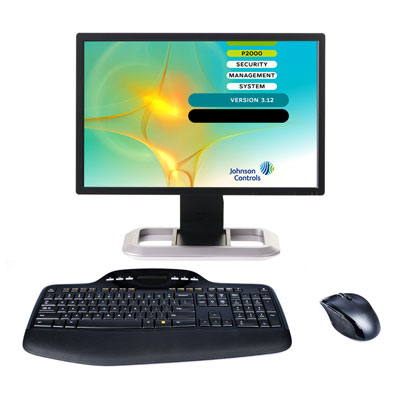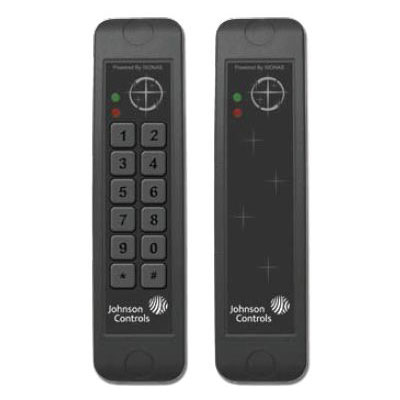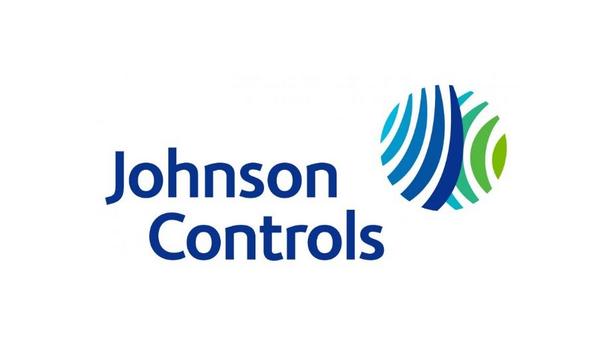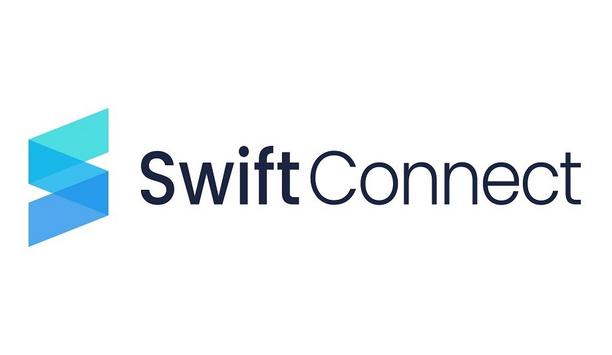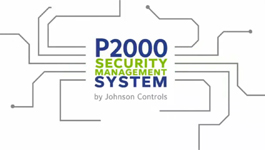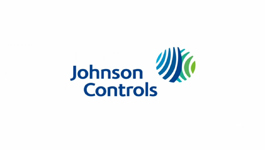Is the role of manpower more or less important for security today?
Editor Introduction
Even the most effective technologies usually require some level of human involvement. What new technologies do, generally speaking, is change the nature of a human’s role. Most jobs in today’s world are vastly different than 50 years ago, in many cases because of the changing role of technology. In the physical security world, what specific impact does technology have on the human element of systems? We asked this week’s Expert Panel Roundtable: Have recent developments in security systems made manpower more, or less, important to the equation? Explain.
As in most industries, security technology has reduced the need for manpower. However, risk for all enterprises is increasing every day. New technology is meeting this challenge by providing two critical things at once – automation that filters out the noise, and valuable real-time situational awareness for security personnel. By focusing on delivering the most critical data to security officers precisely when they need it, technology helps you leverage the most important assets of your team – their creative problem-solving. Technology cannot replace a human’s ability to understand the evolving nature of an event, but it can provide the right information at the right time for that human to make quick, accurate decisions. In our line of work, this can mean the difference between safety and disaster. At the end of the day, technology provides security managers a way to maximise ROI whilst greatly improving their response to unfolding events.
While there are technology advances, human touch will always play an important role in security. In fact, recent security systems developments are actually helping security professionals spend more time on activities that really matter and cut down on false alarms and technology outages. For example, the use of predictive maintenance continues to decrease downtime and benefit both security integrators and end users. Integrators can address maintenance updates before they become an issue by leveraging remote diagnostic capabilities. Additionally, security professionals receive faster uptime and expedited service over the phone while technicians quickly address system upgrades, health checks and other issues. This allows security professionals to concentrate on improving security rather than dealing with operational issues.
Developments in electronic security and surveillance have decreased the need for a physical security presence on site, while a remotely monitored solution can often provide a more sophisticated solution. These systems are now more proactive than reactive; thus, end users can deploy manpower when needed rather than constant physical monitoring of every site. The advancement of “plug-and-play” CCTV has dramatically reduced the labour element of security installations. On the other hand, with a more feature-rich product, the end user often requires further training to take advantage of new technology benefits. Most security systems are now connected via the Internet, allowing centralised control and management; this would reduce manpower for an end user with a large national estate.
With the security industry trending towards cloud and hosted platforms and mobile credentials, the manpower required to administer systems and infrastructure has become less important. Cloud-based systems allow for central management across wide geographies, allowing for a single point of user management, monitoring and administration of security systems. As mobile credentials continue to proliferate in the security market, this adds one more opportunity for process improvement; eliminating the need for physical credentials and a person to administer credentials and distribute them. While the number of people required is decreasing, the expertise of security professionals is still vital. The need for a security director, in some form, whether an in-house employee or consultant, can provide overall direction and process to ensure facilities are safe with all appropriate systems in place.
I'm in robotics, so when I get a question like this, it's usually tied to an underlying assumption that robots are trying to take our jobs. (Run for the hills!) But in all seriousness, manpower is now more important than ever to maintaining and developing innovative security technology solutions for today's enterprise organisations. It's the idea that people are a premium, and as technology advances to take over the more mundane and at times dangerous jobs, people will be shifted to more important roles within an organisation, such as customer service, management, operations or strategy implementation. Not only does this help boost a company's bottom line with cost savings on liability insurance (for those in dangerous jobs), it also adds significant human capital to the company by offering experienced and skilled workers to deliver more meaningful contributions to the overall goals of the organisation.
As security systems become more technology-centric and advanced, it's not so much the quantity of installation manpower that is required, but the quality and professional technology capability that is more important. More and more, installers and manufacturers need to be able to provide solutions for specific security and business process issues being experienced by end users. Just having the required electronic expertise is no longer enough. Installers now need to have multifaceted skill sets that encompass an understanding of IP systems and logical security needs, just as much as the physical security hardware and systems. From an operational point of view, security technology has also evolved to lessen the burden on human teams by providing the “eyes and ears” that alert them to any potential issues. Therefore, the security teams can be utilised more intelligently around a facility, rather than being tied to a screen religiously observing the security feeds.
Recent security system improvements have certainly cast the use of manpower into the spotlight. It’s not so much a question of more or less important, but rather a question of: Are we making employees more effective and are we able to reduce manpower needs and costs? Case in point, business intelligence (BI) software for retail is so effective that a convenience store chain can use a single loss prevention professional to monitor over 1,400 store locations — and she’s catching bad actors nearly every day. This employee is certainly not less important, she’s very important, doing more with less and doing it much more effectively. With video surveillance, we see easy-to-install, user-friendly systems with excellent image quality becoming “force multipliers” for retail and other industry segments. Another retail client with three grocery store locations maintains constant video surveillance of 120+ cameras, needing only one employee at a time to manage the system.
In the security entrance industry segment, manpower is becoming more important when it is paired with the right technology due to increased efficiency and the potential to gain more value from your manpower. Our security entrances are used in a wide variety of settings — corporate and government facilities, industrial, universities — all so that management can do more with less. Security entrances put appropriate technology between security personnel and those seeking to gain entry — they can take the place of direct human intervention as people enter a facility, freeing manpower for other tasks such as analysing the new data that is available today for potential risks or threats. They can also help people learn and embrace a security culture in a positive way; in general, doing what humans do best. Without security entrances serving as barriers, manpower must supervise constantly and can easily become overwhelmed during rush periods.
Editor Summary
Jobs may be fewer, but they are often more important, as a result of the changing technology mix in the physical security industry. Machines are good at taking away the need for menial or boring work such as staring for hours at a video screen. However, when it comes to sophisticated decision-making and even trouble-shooting, the human element is more important than ever. If anything, technology is raising the level of manpower needed in security. As machines take over the drudgery, security jobs at all levels can now be more challenging and rewarding.
Johnson Controls, Inc. products
Johnson Controls, Inc. news
The Internet of Things (IoT) has revolutionised many industries, including physical security. By connecting physical devices to the internet, IoT technology offers significant enhancements to security systems. Benefits include real-time monitoring, remote access, and the utility of new devices such as temperature and humidity sensors. At the same time, IoT devices come with challenges, including greater cybersecurity vulnerability. We asked this week's Expert Panel Roundtable: How is the Interne...
Johnson Controls, the global pioneer for smart, healthy, and sustainable buildings, is showcasing its industry-pioneering products, digitally-enabled solutions, and service offerings at Global Security Exchange (GSX) 2024 in Orlando, Florida, from Sept. 23-35. At booth 1275, the company will discuss how its proven solutions address every stage of a building’s lifecycle, and proactively mitigate everyday security challenges and emerging threats, while promoting smarter, safer, and more sus...
At GSX 2024, the Physical Security Interoperability Alliance (PSIA) will show an expanded roster of devices supporting its Public Key Open Credential (PKOC) specification. PSIA will be showcasing the latest information and demonstrations for PKOC at the JCI Security Products demo room S230 A&B. They will be able to see interoperability following open specifications between mobile and physical credentials from multiple manufacturers with multiple manufacturer readers leveraging Bl...
Johnson Controls, Inc. case studies
SwiftConnect, a pioneering provider of connected access enablement, is powering easy, secure, and private access using an iPhone and Apple Watch with the Johnson Controls Software House C•CURE 9000 access control system. The SwiftConnect AccessCloud platform integration with the Software House C•CURE 9000 access control system makes it possible for Software House C•CURE 9000 customers to take advantage of the employee badge in Apple Wallet for physical access. Deployments of emp...
It may sound like a small change, but installing security cameras on a property can significantly impact occupant and visitor behaviour by enabling more accountability. This is notable for environments such as K-12 schools where occupants are younger and more impulsive. Lack of visibility A public school system on the East Coast faced frequent incidents of bullying, vandalism and theft among students as well as the harassment of faculty and staff and was struggling to keep its occupants accou...
Salient Systems, a pioneer in open architecture video management systems, announces that UMass Amherst, the flagship campus of the University of Massachusetts system, has standardised its video surveillance operations on the Salient CompleteView Video Management Platform, enabling campus security and safety staff to protect the campus population of 32,000 with a 24/7 view of its video surveillance and integrated access control operations. Using CompleteView, UMass Amherst is centrally monitorin...
Johnson Controls, Inc. videos
Expert commentary
- When choosing an access solution, make total cost of ownership a key part of the calculation
- How Californian cities are improving surveillance and security - key developments from 2022 to 2024
- Healing through innovation: Securing healthcare in the cloud
- Unlocking new potential in video security through AI
Security beat
Security bytes
- Getting to know Dan Grimm, VP and General Manager of Computer Vision at RealNetworks
- Big wins and the importance of showing up: Insights from SourceSecurity.com editor Larry Anderson
- Setting goals, business travels and radioactivity: Success secrets from Tiandy's John van den Elzen
- Getting to know Jeff Burgess, President/CEO at BCDVideo

Johnson Controls, Inc.
507 E Michigan Street
Milwaukee, WI 53202









